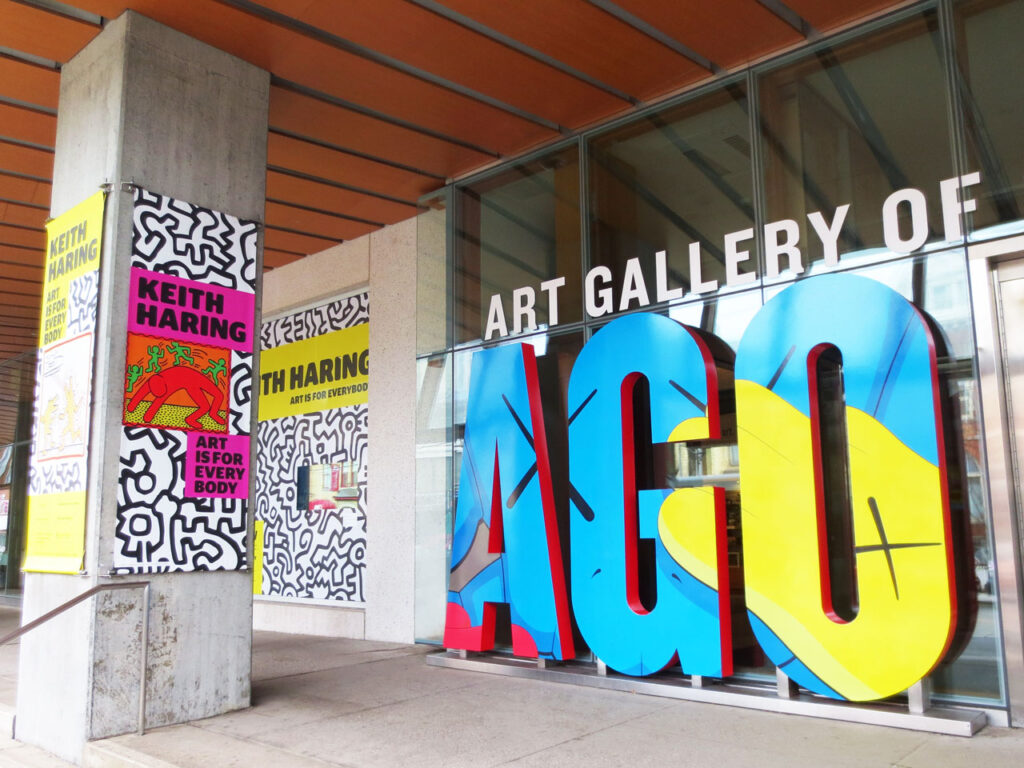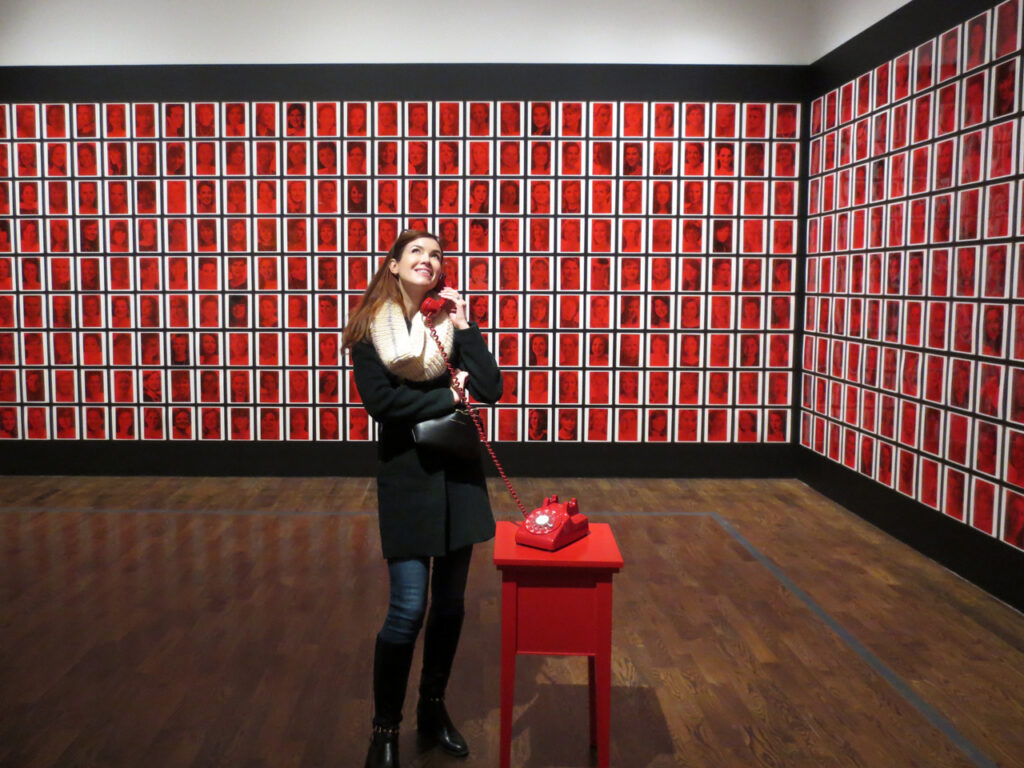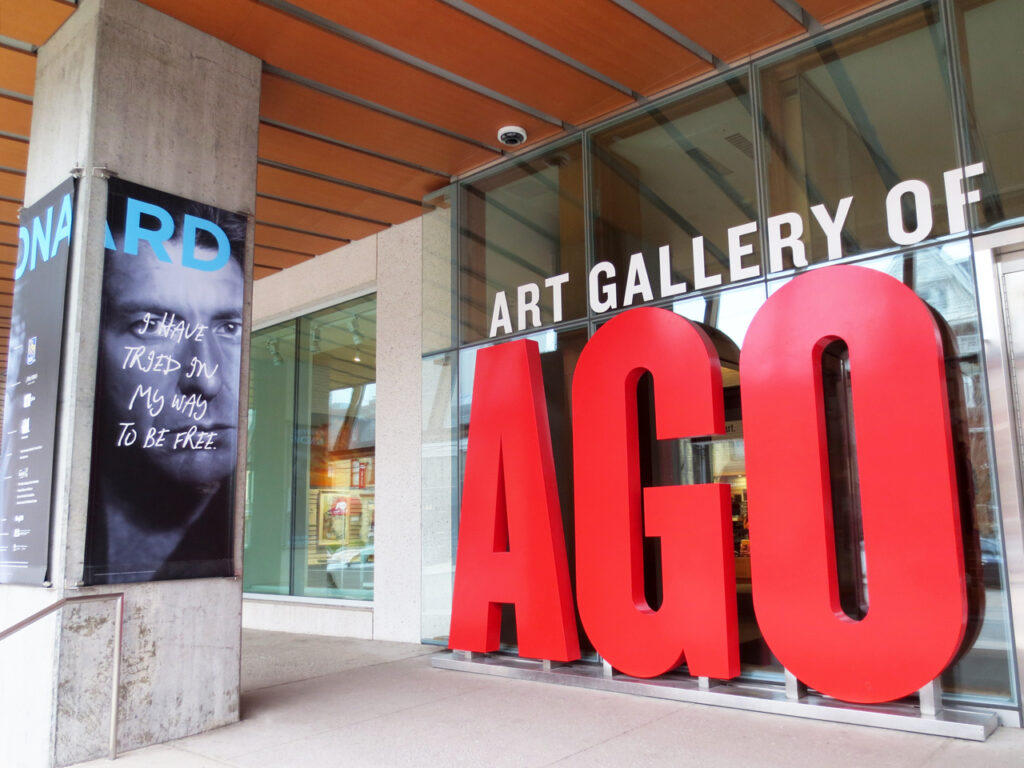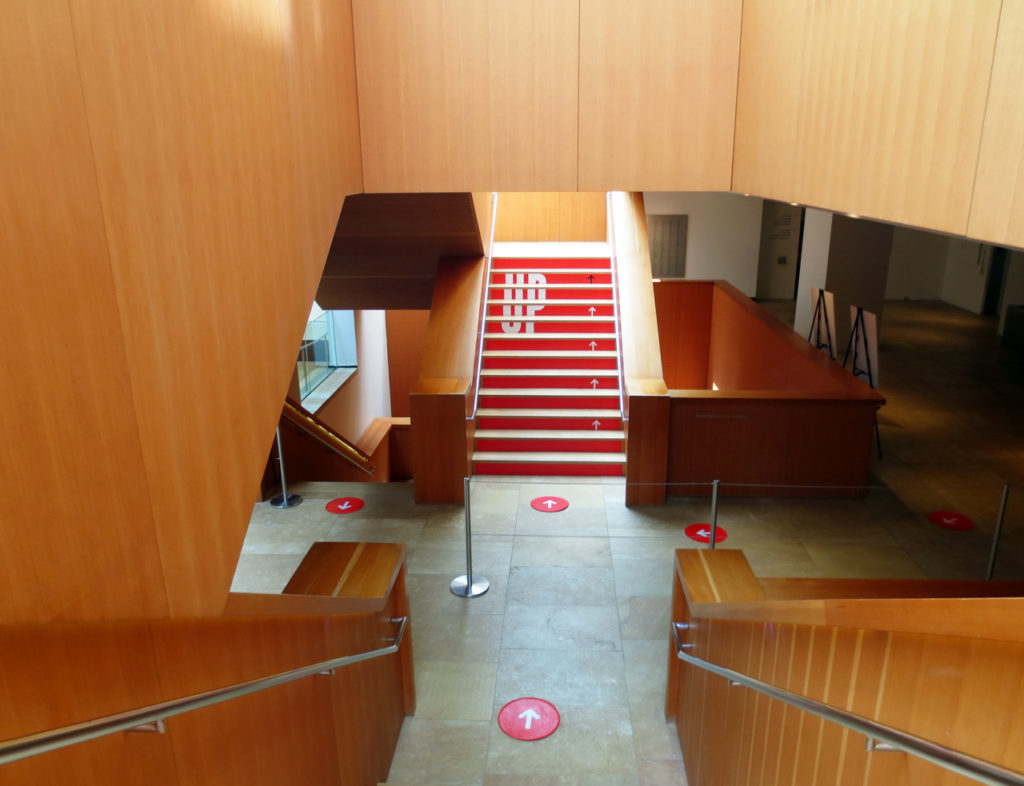I had the chance to see “Anthropocene” at the AGO recently.
On the way out of the exhibition, visitors are asked, “In a word, how does what you’ve seen here today make you feel?”, and are invited to leave their response by touching a tablet. The possible answers are “informed, sad, suspicious, worried, unconcerned, motivated, or angry”.
Backing up to the beginning of the show, the audience is greeted with a message by the Canadian creators of the pieces within, photographer Edward Burtynsky, and filmmakers Jennifer Baichwal and Nicholas de Pencier, stating “Our ambition is for the work to be revelatory, not accusatory, as we examine human influence on the earth at planetary scale and in geological time. Recognizing our impact is the beginning of change.”
an-thro-po-cene : From the Greek anthropos, meaning “human being” and kainos meaning “new” or “recent”.
(n) The proposed current geological epoch, in which humans are the primary cause of permanent planetary change.
Given the subject-matter, it might be questionable to describe the collection as being beautiful, but indeed, the large-scale, finely detailed, and brightly coloured images are just that. Or, perhaps, “stunning” might be a more appropriate descriptor, given their visual appeal combined with the message they deliver, that we humans are having a huge impact on the planet, does have the effect of leaving one feeling stunned.
The exhibition combines photography and film, and makes use of a number of fun interactive technologies. The artists traveled all over the world to capture the images, which include sites such as garbage dumps, various types of mines, large-scale farms, urban sprawl and the harvesting of natural resources.
Before entering the gallery, I attended a session, led by AGO Curator of Photography, Sophie Hackett, during which the artists discussed the ambitious project.
They spoke of how the images, many of which show large scenes taken from above, were captured with the aid of helicopters, drones and satellites. And how, hundreds of individual photographs had to be digitally stitched together to make the whole.
In one case, which I won’t give away here and spoil the surprise, they had a single opportunity to photograph and film an event, as the next day, it would all be over, impossible to ever be seen again, except in the visual proof that they had captured with their cameras.
Some key words in the artists’ opening quote is that their intention is to inform and reveal and is “not accusatory”. Amoungst the written observations and facts given at the base of each piece, is the statement that the sites represent jobs and livelihoods. They’re not saying that we don’t need the lithium batteries that we use so much today, but they’d like us to note the effect that making them has on the planet. As is summarized at the end of the exhibit, there is no question that global warming is real.
I noted at least one piece which highlighted a situation where “good anthropocene” was at play, in a forest on Canada’a Vancouver Island where intentional small explosions cause dead or decayed branches to fall from the trees and therefore “hasten the natural process of returning rotting tree parts to the forest floor, where they will decompose naturally”.
“It’s hard not to marvel at the ingenuity of the massive industrial sites we filmed, and equally hard to ignore the devastation they represent.” – Nicholas de Pencier.

↑ There are four photographs that, when scanned in different spots, trigger short films that were taken at the site. This is a marble quarry in Carrera Italy. ↑

↑ The screen at the end is where they discuss some “good anthropocene” going on on Canada’s Vancouver Island. The photo on the left wall is one of the interactive ones, which trigger films. ↑

↑ Some of the pieces, interspersed amoung the photographs, are short film loops — this is a still of one of a train carrying coal in the state of Wyoming. ↑

↑ Here’s a cool interactive piece. This is what visitors see in the gallery. ↑

↑ And this is what shows up in the monitor. I’m taking a picture of the screen while it’s showing a picture of me taking the picture, all while a life sized white rhino gently moves right in front of me. ↑

↑ See a large-scale image of a beautiful sea of coral. Scan it for films of sea creatures swimming beside it. ↑

↑ This is the display involving the “one chance to get the shot/film” scenario mentioned above. I won’t spoil the surprise here, (but will come back after the exhibition ends, and insert the photo that goes with this).
Seeing so many similar messages together in one exhibition certainly leaves viewers aware that if humankind is not more careful, the future health of the planet is unquestionably at risk. As for the question at the end of the exhibition, my finger hovered between “worried” and “motivated”.
Anthropocene is on at the AGO until January 6th, 2019. It’s a ticketed show, with tickets being available on their site here. As mentioned, there are several interactive components to the show and while there are some ipads available for use at the gallery, it is encouraged that visitors download the app on their own personal devices prior to attending.
In addition to the exhibition the artists have produced a full-length documentary on the subject, called “Anthropocene : The Human Epoch”. Tickets are available to see it at Jackman Hall, which is part of the AGO, accessible through a dedicated entrance on McCaul Street, near Dundas West.
The artists have addressed the environments impact of producing the Anthropocene project by purchasing carbon offsets through Less Emissions. The organization works directly with creators to ensure that they are counterbalancing the CO2 as a result of the filing, production and post-production by investing in an emission reduction project located in Canada.
To learn how the AGO is contributing to an eco-friendly environment, please visit their site here.
Thank you very much for checking out my site,
xo loulou





















